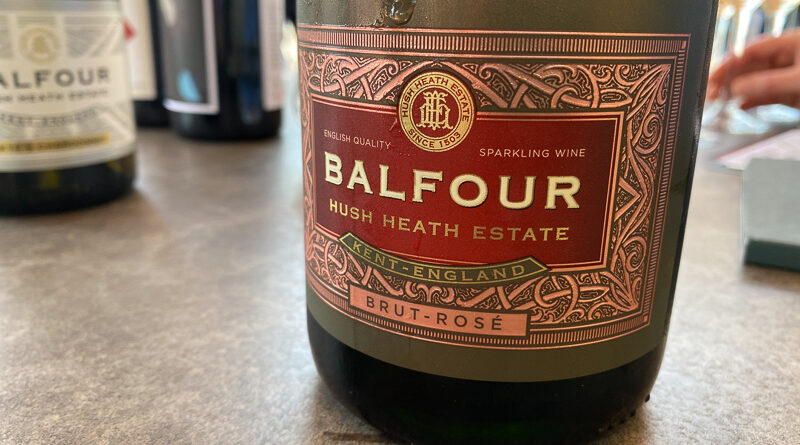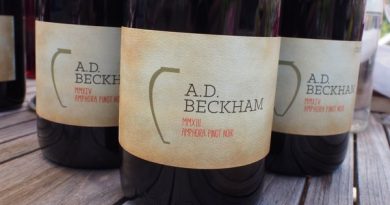Modesty and talent: Balfour wines from Hush Heath Estate are actually pretty rad…
Lisse Garnett and Jamie Goode visit the estate and report back on an operation that isn’t quite as the marketing nor easy availability might suggest. [Words, Lisse Garnett; pictures and wine notes, Jamie Goode.]
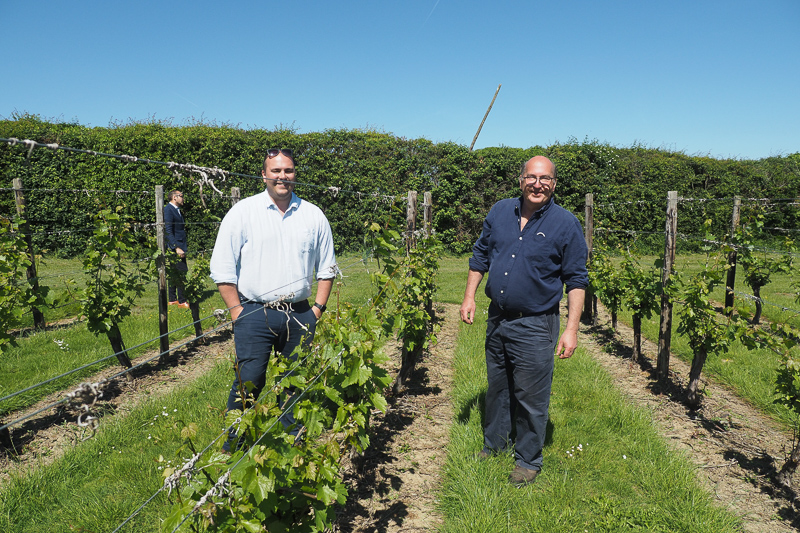
Modesty and talent, the perfect pairing, found in ample measure at Hush Heath. Head Winemaker Fergus Elias and his father Owen are quiet in nature and definitely not inclined to shout about their work. And yet these two men are some of the most accomplished we have in English wine today. The operation at Hush Heath is perfectly polished but there is a real earthiness about the place. The same family of viticulturists works the rows as have done for decades, moving swiftly and silently as a pack, reverentially tending to the vines, an ombre armed matriarch named Catherine Smith at the helm. She is slight, poised and muscular as a prima ballerina or a lightweight prize fighter depending on perspective. The vines are her charges and I wouldn’t mess with them.
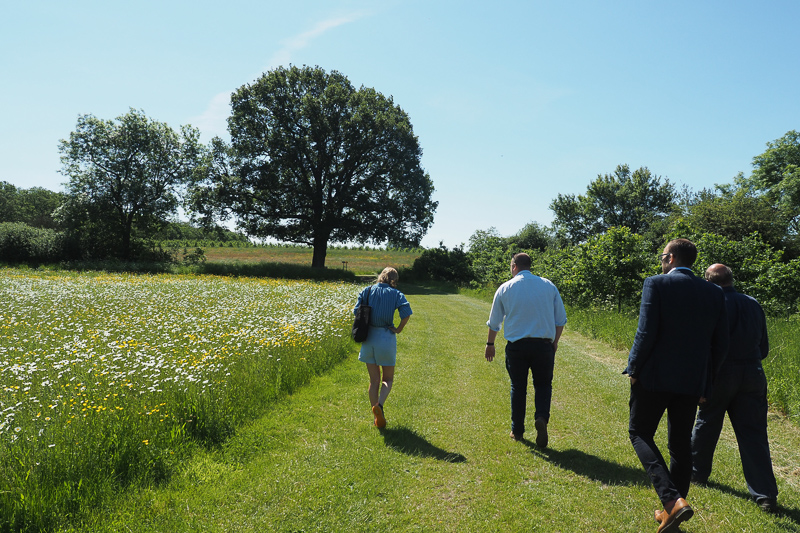
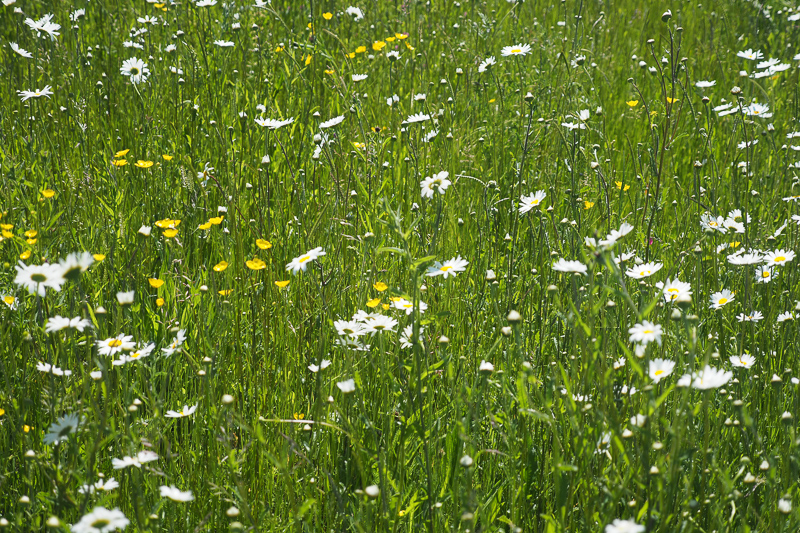
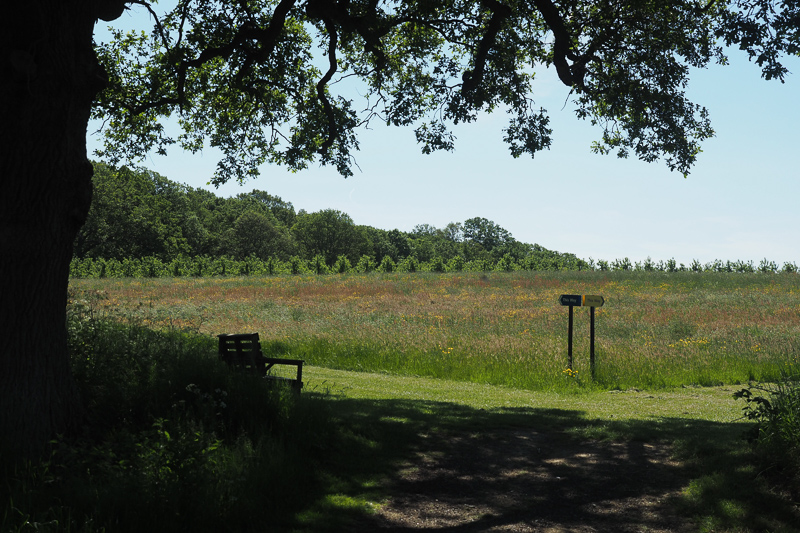
The newly constructed winery, restaurant and tasting room sits in a beguiling spot, gorgeously surrounded by choreographed vines and wildflowers grown by Mrs Balfour-Lynn, who appears to have the eye of Capability Brown – The front vista is open and cupped by a natural amphitheatre of ancient English woodland, where guests are encouraged to roam. There is a calmness, a sense of contented focus about the place – as if it has always been there. And, in a way, it has. Fruit and hops have been farmed here for as long as memory serves and more. The Balfour-Lynns live on site in a 500 year-old farmhouse, as Kentish as coxes. Richard and his wife began planting in 2002. A mere eight-acre block grew into a 400 acre estate, 100 of which is now under vine. The first wine they ever produced won a rosé trophy. It was made by Owen – then at Chapel Down. Balfour-Lynn requested a Billecart-Salmon lookalike, Owen naturally delivered.
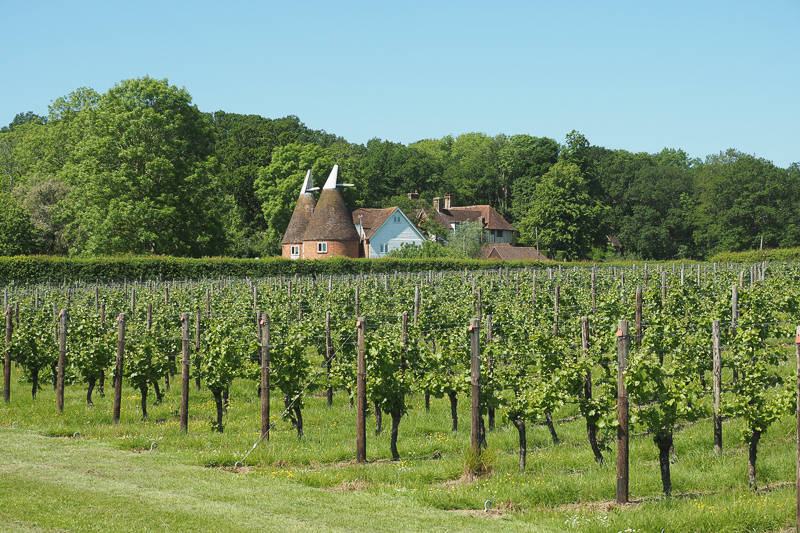
Owen’s son Fergus took his MSc in viticulture and Oenology at Plumpton whilst working at Hush Heath. Sponsored by Richard Balfour-Lynn, he too is home grown. Balfour-Lynn was one of the major shareholders at Chapel Down where Owen, Fergus’s father was Head Winemaker, he even lived onsite. Balfour appreciated his creative artistry and has given it and him a home at Hush Heath. ‘I always thought Owen was like a brilliant chef,’ recalls Balfour-Lynn, ‘unmanageable’. But still he hired him in 2010 when he built his first winery. ‘I’m uncompromising, and he’s uncompromising too.’
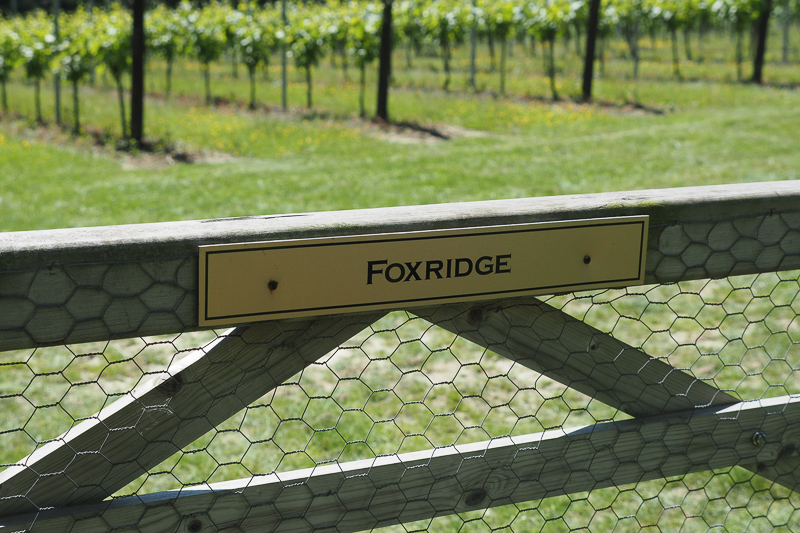
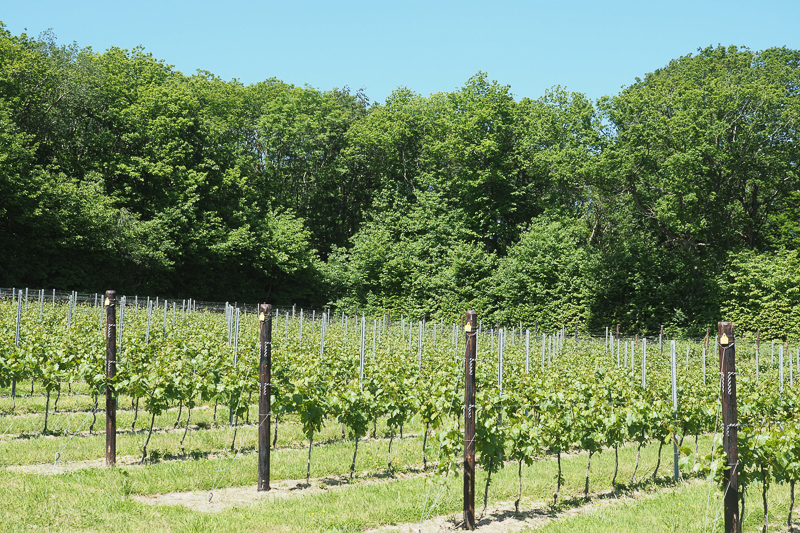
Father and son are mellow and confident in each other’s orbit, learning from one another (as Owen puts it). They reaffirm the sense of calm competence and contentedness that prevails throughout the estate. Owen used to manage rock bands, one of which backed Madonna. He is more intellectual than most winemakers I have met, yet he walks us gently around without the smallest whiff of ego. The quiet artist. Fergus says his Pa is always experimenting and he is a fine one to talk: one of the youngest Head Winemakers on the planet, he has already released his own label, Balfour’s Winemakers Collection.
‘We’re busy expanding,’ says Owen. ‘We are going to 500 tons. We went from 150 to 500 in one leap.’ They have planted more vines on the Hush Heath Estate and also on four new sites that are all long-term leases that are now coming on stream. ‘They have used our clones,’ says Fergus, ‘and our rootstocks.’ The Hush Heath site isn’t, as Owen puts it, the warmest site in the UK. ‘But these new ones are really nice, on south facing greensand.’ Hush Heath is a cooler with clay soils, although one of the estate vineyard plots, Fox Ridge, is considerably warmer.
—
A short film of the visit:
—
Fox Ridge was first planted in 2002, and this was a four acre block called Oast House. The wines were made at Chapel Down until 2010. ‘I made 500 bottles for him in 2003, and in 2004 I made 7000. Richard’s brief was ‘I’m only going to make one wine, it’s going to be Rosé, and it’s going to be Billecart-Salmon.’ Experimentation got the better of them and they started making some still wines from pressings then playing around with Chardonnay. Planting began in earnest.
They buy from five growers still, but then everything else comes from either the home vineyard or five vineyards that are on 10-15 year contracts. Grape prices in the UK are quite high. Bacchus used to be reasonable, but now it’s creeping up to £2000 a ton.
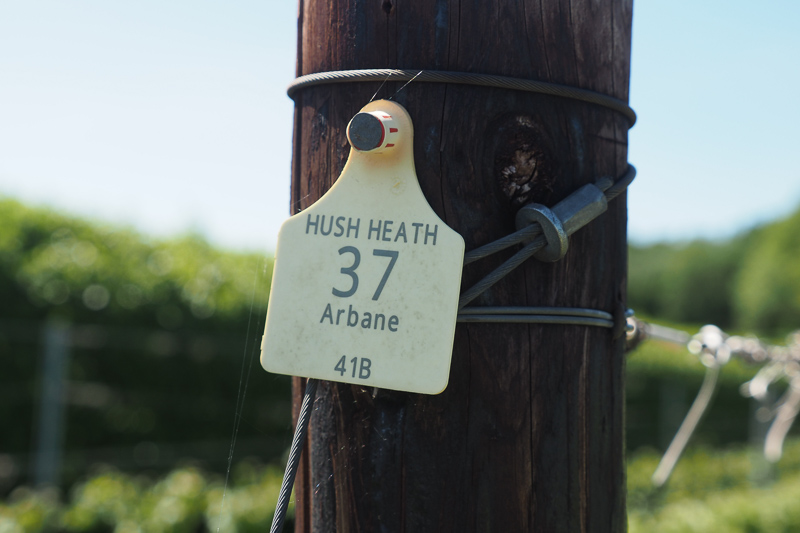
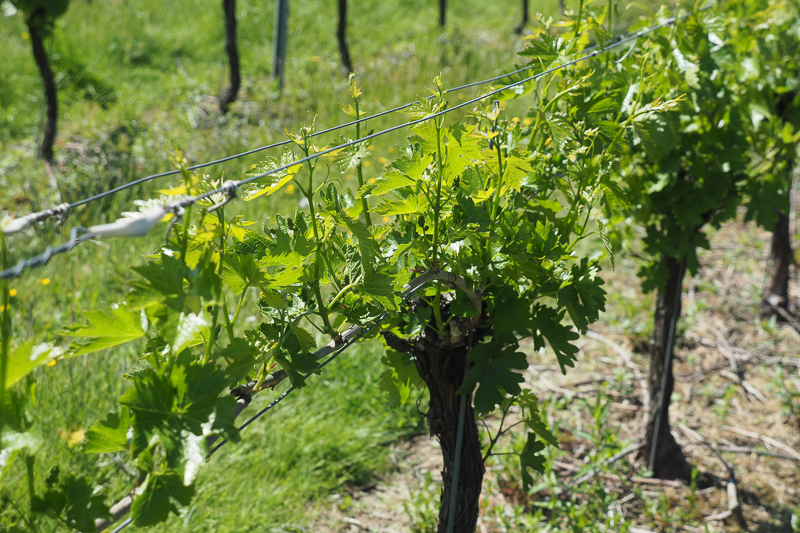
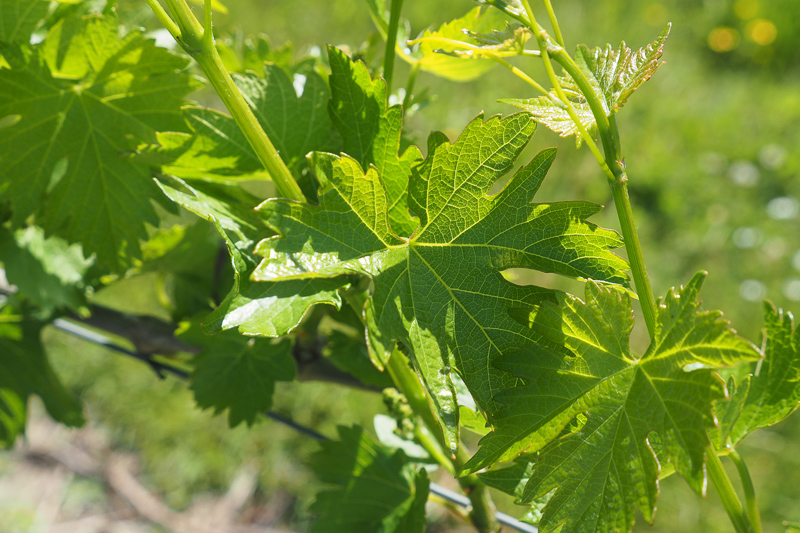
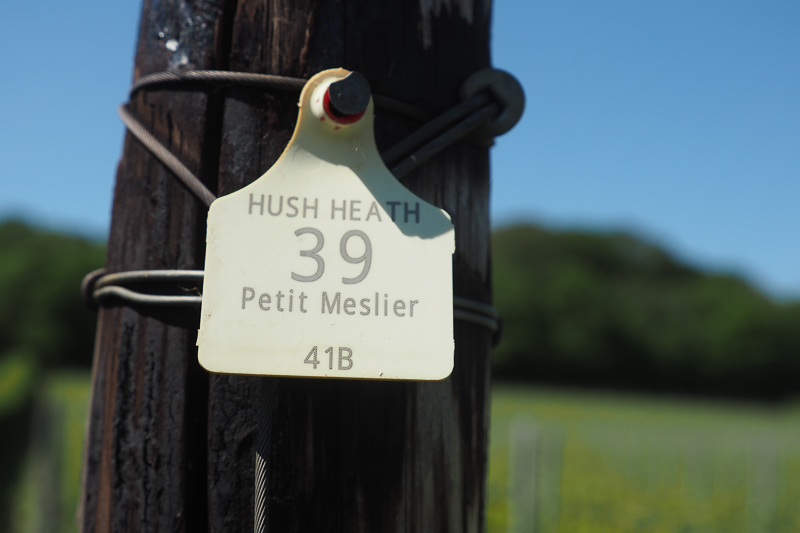
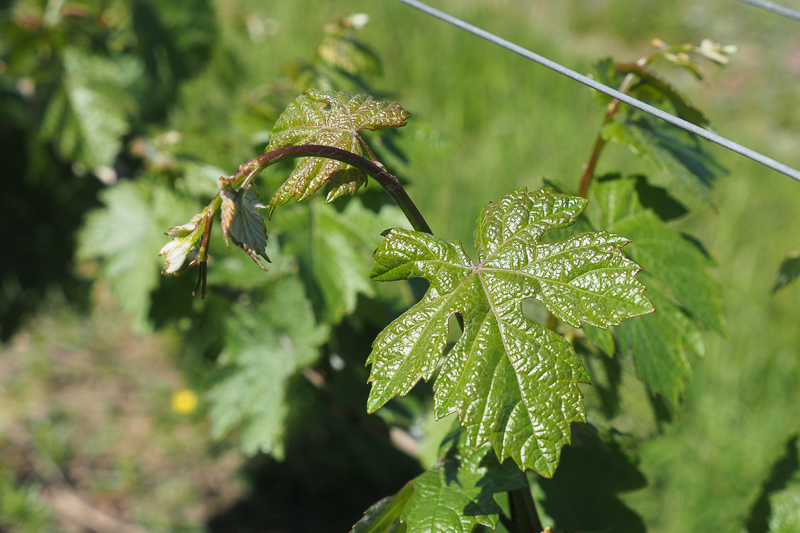
Some twenty-six different wines are produced each year under the Balfour label, and the range is as diverse as they come. They successfully supply several supermarket own brands and have weathered the vicissitudes of Covid extremely well. The charismatic Balfour-Lynn is a brilliant success in his own right, the brain that came up with the boutique hotel concept is his. He is the Tim Berners Lee of Hospitality, former Chief Executive of Hotel du Vin, Malmaison and owner of several local and London Inns. A self-made prodigy he appears to know the detailed room spec and idiosyncrasies of every hotel he has ever been involved with. He hosts us with effortless charm and candour. Fergus and son gently tease him but this does not produce even a hint of irritation: they are relaxed in one another’s company and this is reflected in the wines.
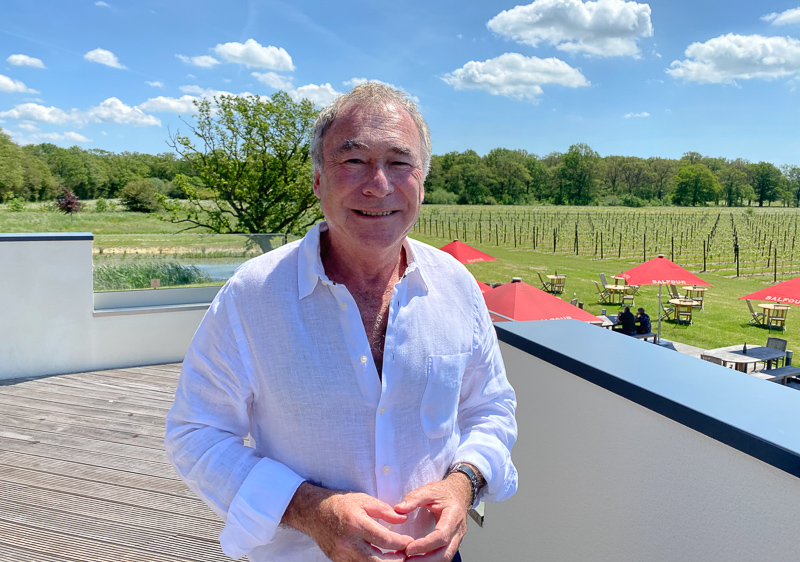
‘Hospitality is my heart,’ says Balfour-Lynn. He has built something quite special here. ‘We have a thousand people a week coming to this place in the countryside, and it is a beautiful environment.’ Hush Heath is five minutes from Mardon station, which is 45 minutes by train from London Bridge, so it is accessible from town.
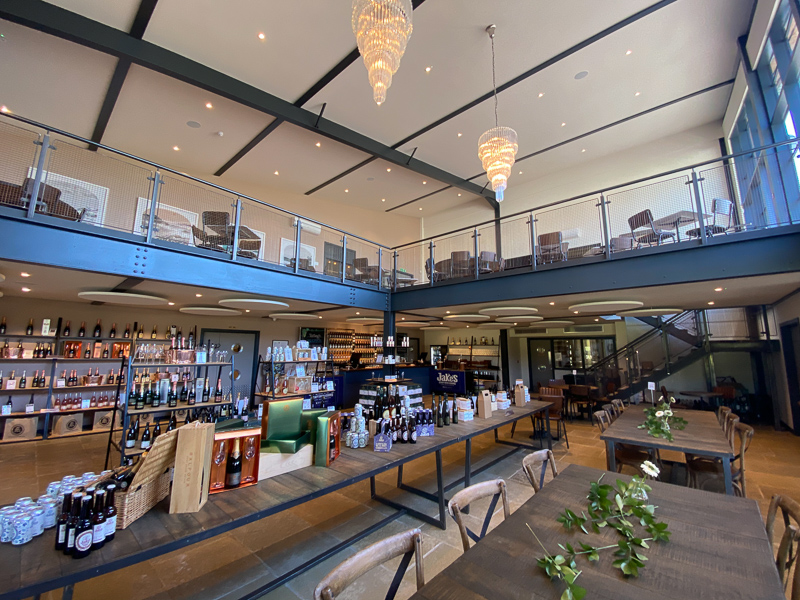
The new tasting room and restaurant is dripping in art. The Balfour-Lynn’s love of art is also evident in labels designed by Lother Gotz. The wines themselves are pretty maverick too. You might expect the usual English fare but you’d be much mistaken. Arbanne and Petit Meslier feature in their range as well as a late harvest botrytised Chardonnay, tasting distinctively of rhubarb.
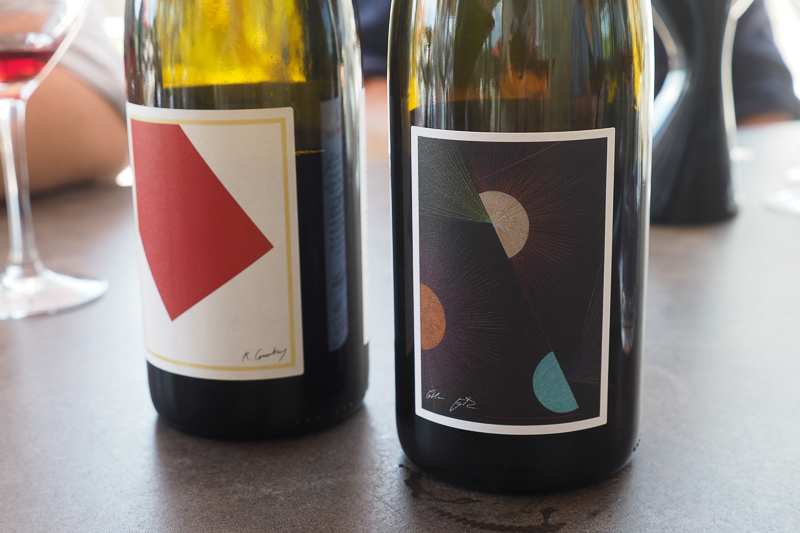
Slick marketing dotted with celebrity collaborations is perhaps at odds with what are actually fairly radical offerings but this should not be sniffed at. Few English wineries are actually in the black, and diversity and a nose for business are key to survival. What’s the point of producing and stockpiling wine that no one can afford to drink? The wines we tried were exceptional and at a price point significantly more palatable than most. Putting English wine on supermarket shelves requires the maker to conform to the highest standard of production imaginable.
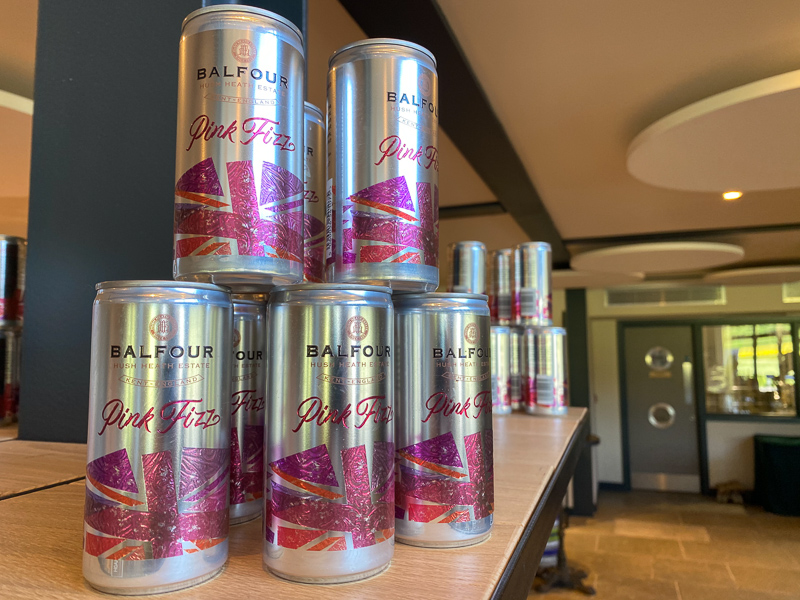
Print journalists in the 90s used to claim that of all writers the red tops were the most intellectually skilled – I would posit the same for winemakers. It’s all very well offering niche products from the tiniest vineyards laced with twice digested peppered hops but what of the consumer who would like to taste a local wine but is put off, not just by the price but by the supply chain? Balfour are pioneers. They offer a tiered selection that covers all bases, the maverick, the fine and the affordable. Now that is pretty rad.
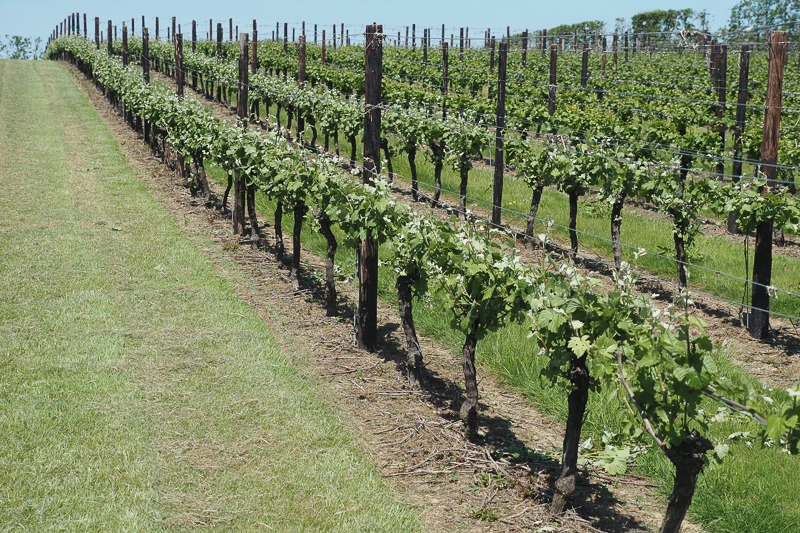
Jamie Goode’s notes follow..
Balfour The Winemakers’ Collection The Red Miller 2018 Kent, England
100% Pinot Meunier. This is so supple and fresh. Pale in colour it has a lovely sappy edge to the red cherry and plum fruit. Tapers beautifully with a lovely leafy edge to the silky sweet cherry fruit. So expressive. 94/100
Balfour The Winemaker’s Collection The Suitcase Pinot Noir 2018 Kent, England
12.6% alcohol. From Fox Ridge, this is a blend of the 828 and 777 clones (‘suitcase’ refers to the preferred way of smuggling vine material, because these clones were smuggled out of France to the USA in the 1960s). All new oak. Pale in colour, this wine has an enticing nose of floral cherry fruit with a green, sappy, leafy edge. Haunting and quite delicate with some wild strawberry notes. The palate is fresh, smooth, quite soft and very drinkable with a stewed strawberry character, a hint of rhubarb and some nice silkiness. There’s a hint of savoury cedary character in the background. Some sour cherry on the finish. Attractive, ethereal, light and drinkable. 90/100
Balfour Pinot Noir Nouveau 2020 England
12% alcohol. This is interesting. In a move that has upset Beaujolais, several English producers have launched their own Nouveau wines in 2020. This one, from Hush Heath, is cleverly made, and works, up to a point. I tried it without reading the back label, and liked the sappy green-tinged berry and cherry fruit with a hint of beetroot and nice intensity. But under this there’s a chocolatey, vanillin edge. I thought: oak chips. But it’s actually put into new French and American oak barrels for a short residency. It’s a clever idea: the new oak character can counter the green notes of the young wine, and it also helps season the barrels, taking away some of that new oak character that would be unwelcome in wines that were destined to spend longer in barrel. But I find it a bit too obtrusive in the context of this wine, which otherwise would be lovely. 86/100
Balfour Liberty’s Bacchus 2019 England
11% alcohol. Stainless steel, with 15% of the blend wild-ferment in oak. This is a beautifully aromatic, floral Bacchus with some lychee and elderflower on the nose, and a rounded, fresh palate showing a grassy edge to the pear and green apple fruit, with a citrus brightness and good acidity. It’s a very sophisticated expression of Bacchus with lovely personality. Nice elegance here. 91/100 (£20)
Balfour Skye’s Chardonnay 2019 Kent, England
No oak, full malo. This is precise and quite mineral with lovely acidity. It has bright lemony fruit with real precision, but also some flavour, with layers of pear, lemon and grapefruit. Has nice texture, too, and also a touch of salinity. Very fine. 93/100 (£19)
Balfour Brut Rosé 2017 Kent, England
Pale pink in colour this is fruity and expressive with lemons, red cherries, cranberry and a touch of pear. High acidity (no malolactic) with a dosage of 9 g/l which adds some sweetness that counters the acidity. Lovely pure fruit with some nice red fruit character. 91/100
Balfour Skye Blanc de Blancs 2014 Kent, England
12% alcohol. Just made three Blanc de Blancs so far. This is pure, linear and fine with bright citrus fruit. No malo: this is clean, precise and linear with a bright lemony core. 6 years on lees, but this is so youthful still and doesn’t seem to age. Very fine and tapers beautifully, with the acidity integrating really well. 93/100 (£40)
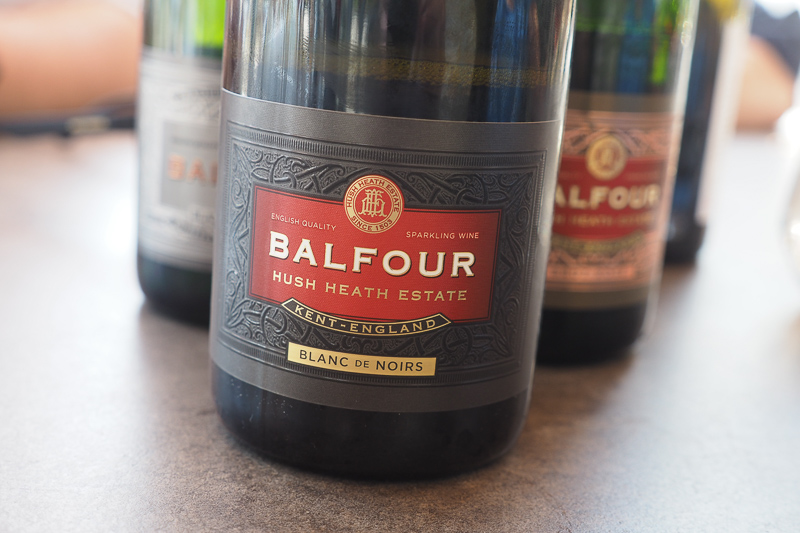
Balfour Blanc de Noirs 2018 Kent, England
Very fresh and lively with lemons and mandarin, but also some pear and peach and a touch of cherry. Very fresh and pure with citrus driving, and then red fruits appearing. This is bright and delicious, with a real tangerine edge. Lovely precision. 92/100
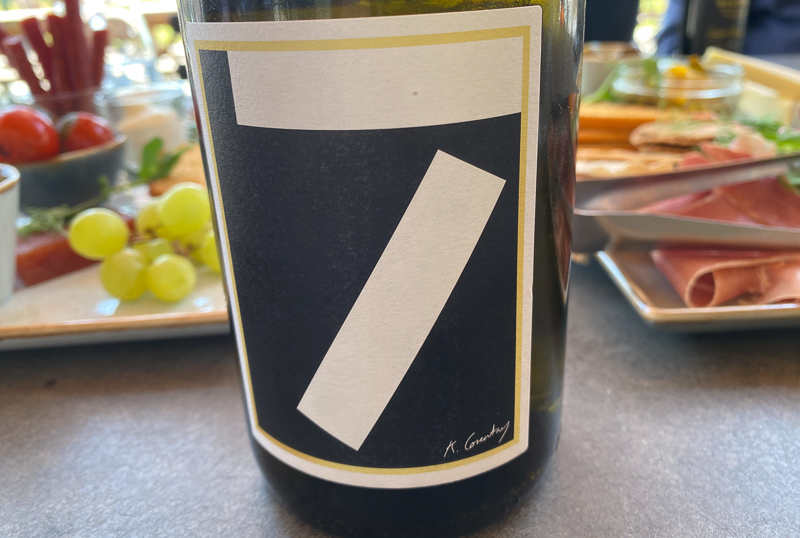
Balfour This Septered Isle 2013 Kent, England
This is made from all seven Champagne varieties: Chardonnay, Pinot Noir, Pinot Meunier, Pinot Gris, Pinot Blanc, Arbanne and Petit Meslier. Very lively and fruity with textured pear and lemon fruit. There’s a lemony core with fine texture and a bit of salinity. Shows mandarin and grapefruit on the finish: unusual and ever changing. 92/100
Balfour Les Sixes Brut 2014 Kent, England
12% alcohol. Six of Champagne’s permitted grape varieties in the mix here, and aged for 5 years on the lees. 2000 bottles of this made. Subtle hints of marzipan, honey and buscuits, as well as lovely cherry and citrus fruit. This shows great purity, with good acidity, and rounded-off edges to the lively, linear fruit. It’s really fine: a complete English fizz with everything in place – fruit, acidity, some nutty complexity, and a sense of harmony. With a year or two in bottle, this could be even better. 92/100
Balfour Later Harvest 2018 Kent, England
12.5% alcohol. Botrytised Chardonnay from a test site. They weren’t going to harvest it initially, but then macerated it overnight in the press and used a cryophilic yeast. This is honeyed and rich with a touch of rhubarb, as well as nice creamy texture and a touch of grip. 90/100

